Bathroom tiles are no longer just a practical choice. They define the look, layout, and mood of the space. The right material and placement of tiles can bring structure and texture to any interior. This guide presents ten carefully considered tile ideas, each designed to support a modern approach to bathroom design. Every concept focuses on clean composition, natural finishes, and architectural clarity.
1. Zellige Tiles for Organic Luxe
Handcrafted Zellige tiles bring a richly glazed surface that plays with light in a subtle and captivating way. Their uneven shapes and tonal variations introduce character and warmth that feels naturally embedded in the room. These tiles are well-suited for shower walls, feature areas, or underfoot use. Each tile has its own identity, making the space feel bespoke and thoughtfully assembled. Their traditional roots sit comfortably in both modern and classic interiors.
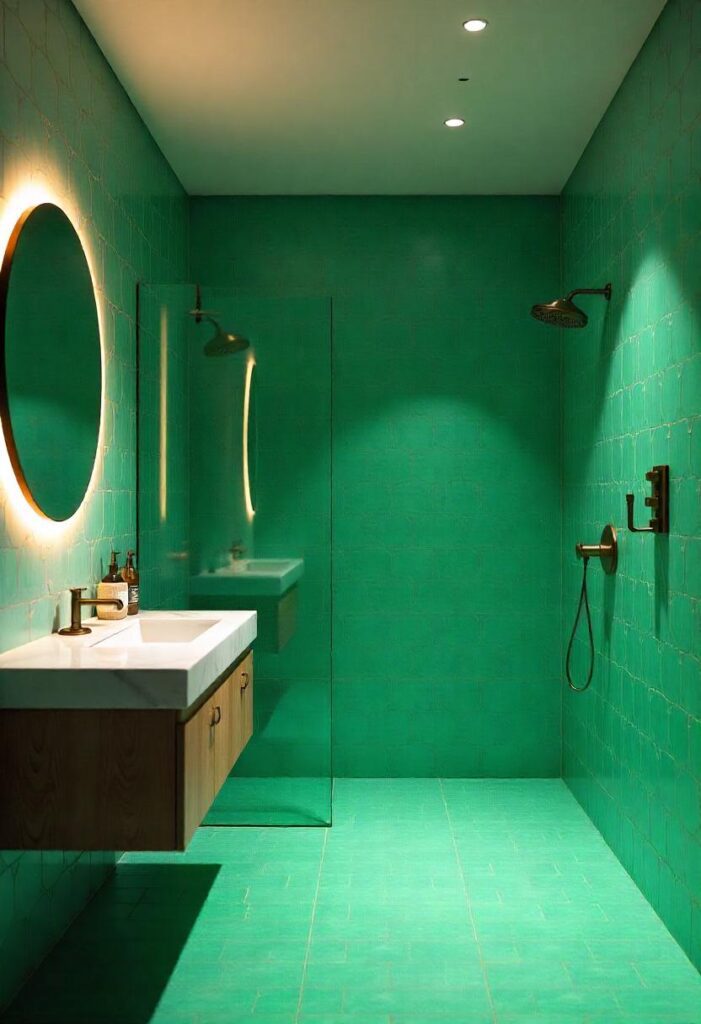
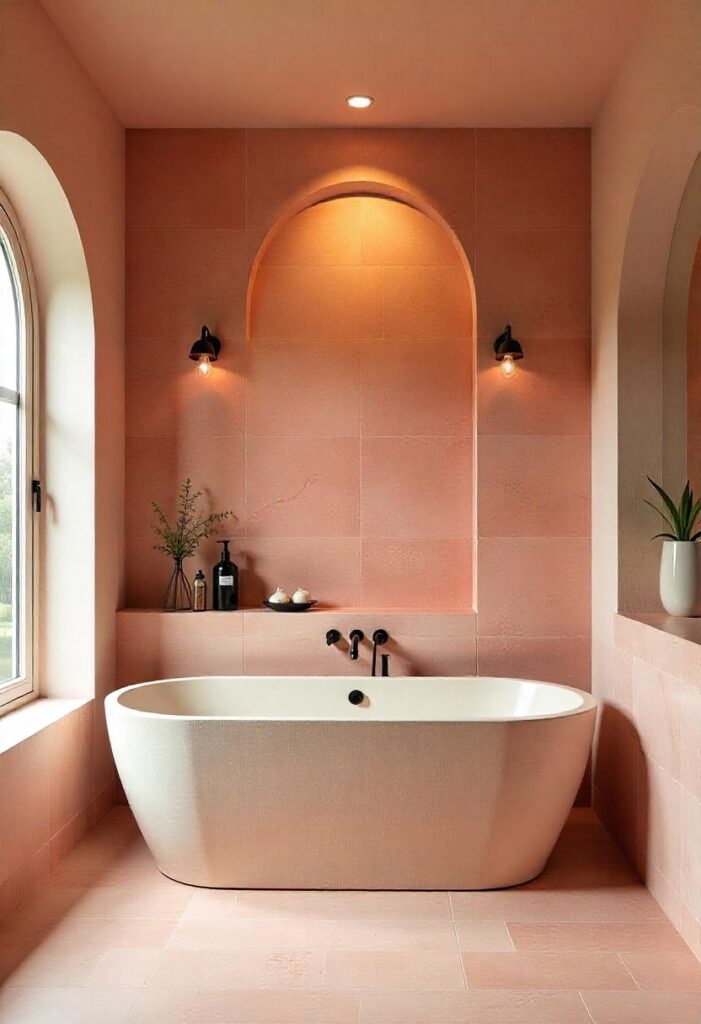
2. Abstract Mosaic Panel
Abstract mosaic tile compositions offer a visually striking alternative to conventional patterns by introducing bold geometry and structure. These installations draw attention through shape and layout, rather than decorative motifs. Positioned behind a vanity or bathtub, they bring focus to focal areas. When created in stone, glass, or metallic finishes, the overall effect is elegant. This approach delivers high design without relying on excessive ornament.
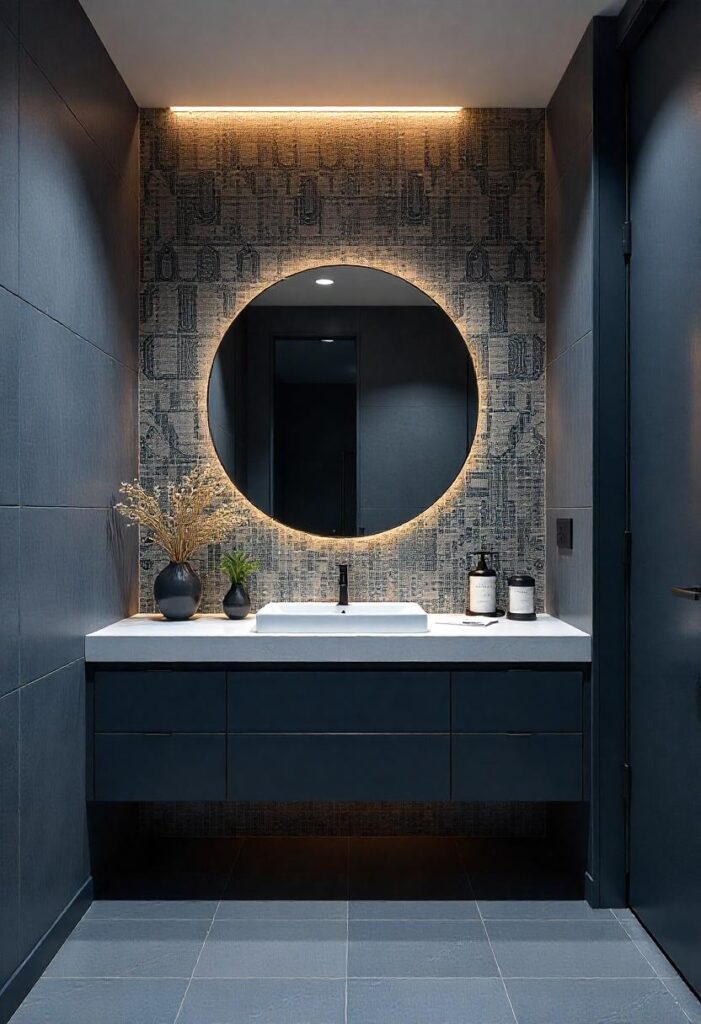
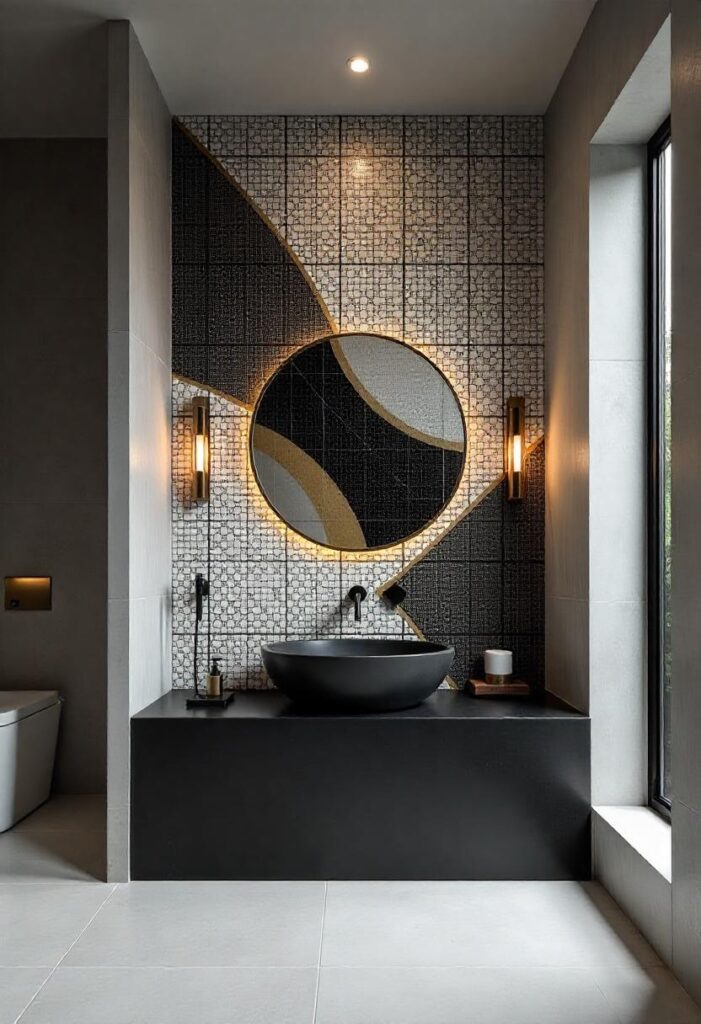
3. Backlit Onyx Tile Panels
Backlit onyx tiles serve as both surface and light source, creating a moody, luxurious setting that feels immersive and calm. When lit from behind, the natural stone glows with a soft tone that enhances the architectural backdrop. Ideal for wall niches, vanities, or shower enclosures, this application is both impactful and understated. The layered veining of the stone becomes more prominent with controlled lighting. It is a refined solution for those who favor quiet, atmospheric detail.
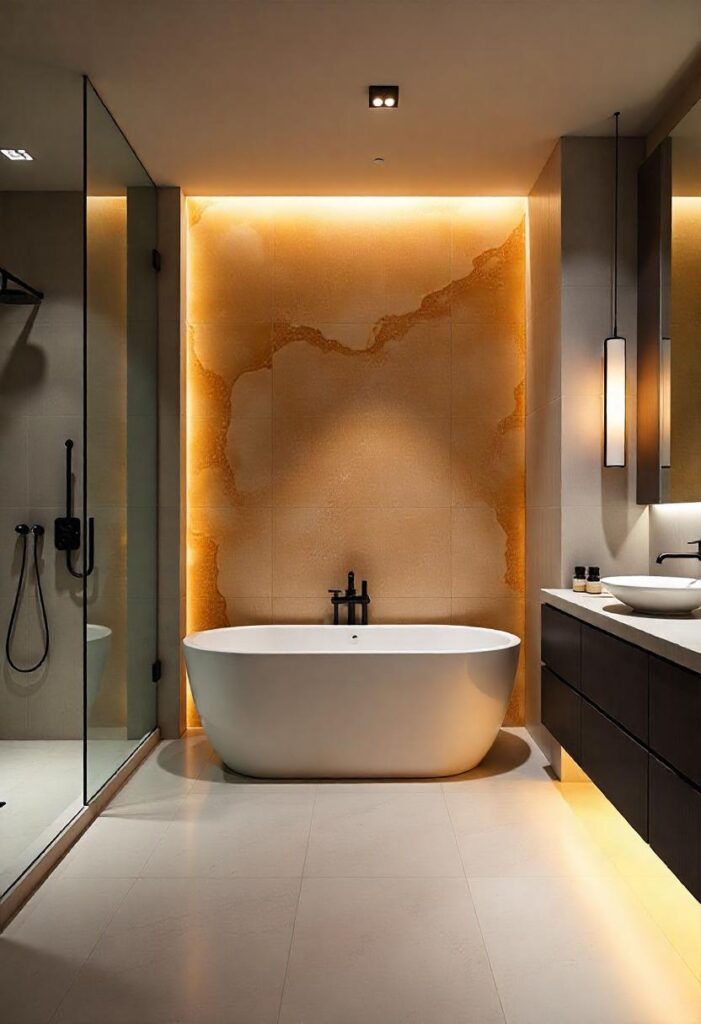
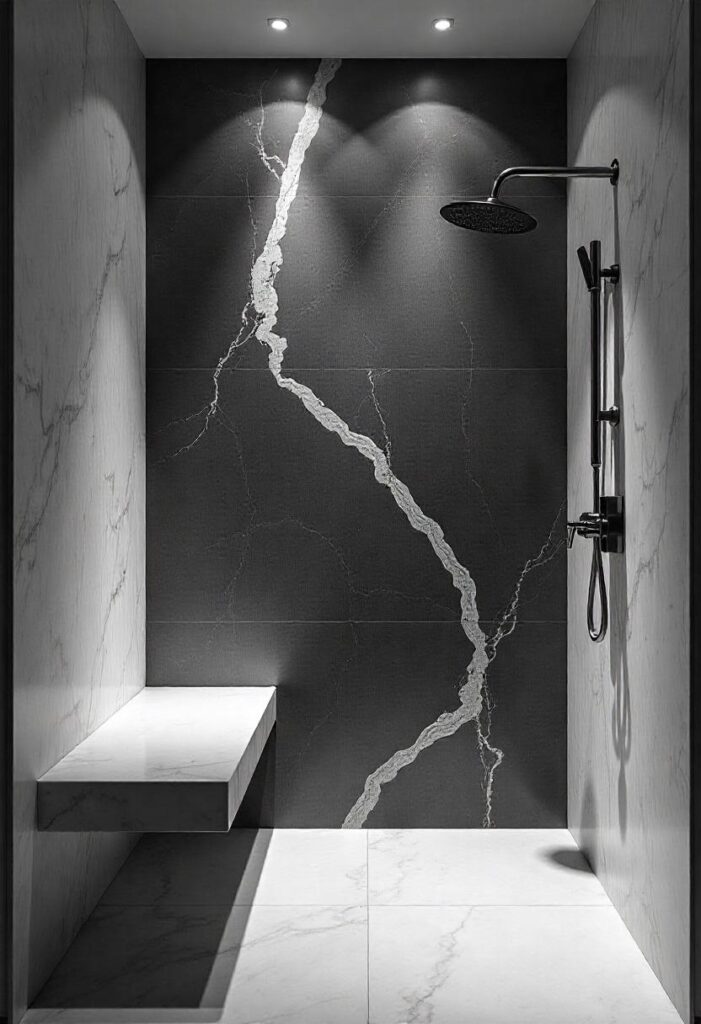
4. 3D Textured Tiles
Three-dimensional tiles bring movement to vertical surfaces through sculpted designs that shift under light. These tiles, often shaped into waves, ridges, or carved geometry, bring presence without the need for color or added materials. Used in feature zones or along vanities, they introduce physical dimension with restraint. When paired with directed lighting, they produce gentle contrast and visual rhythm. Their quiet elegance suits contemporary environments that rely on material honesty.
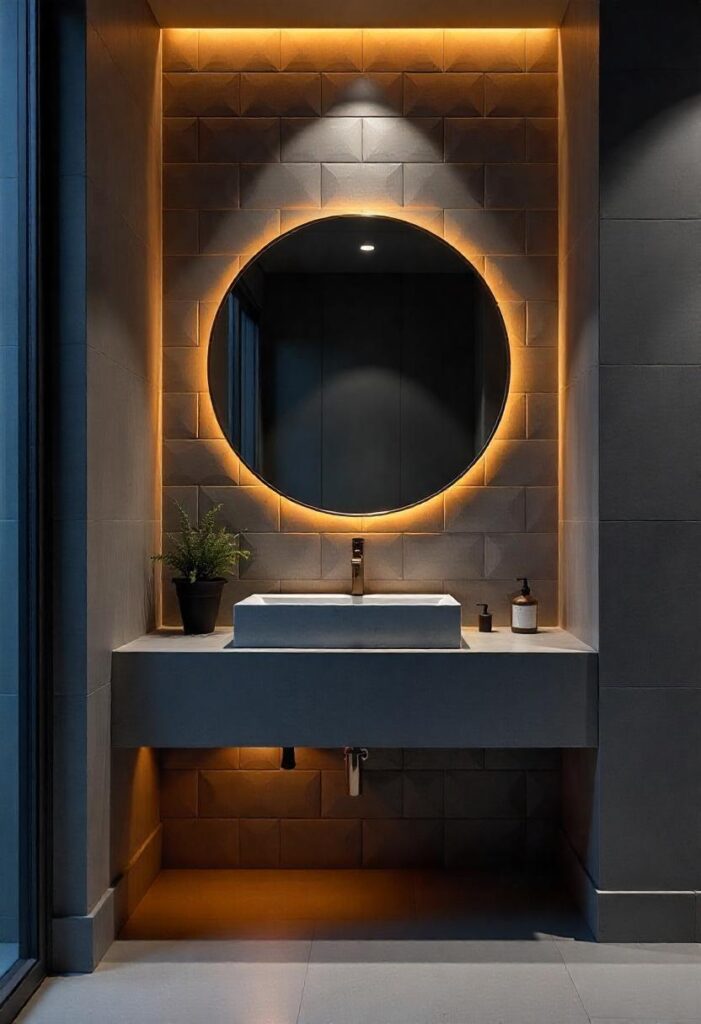
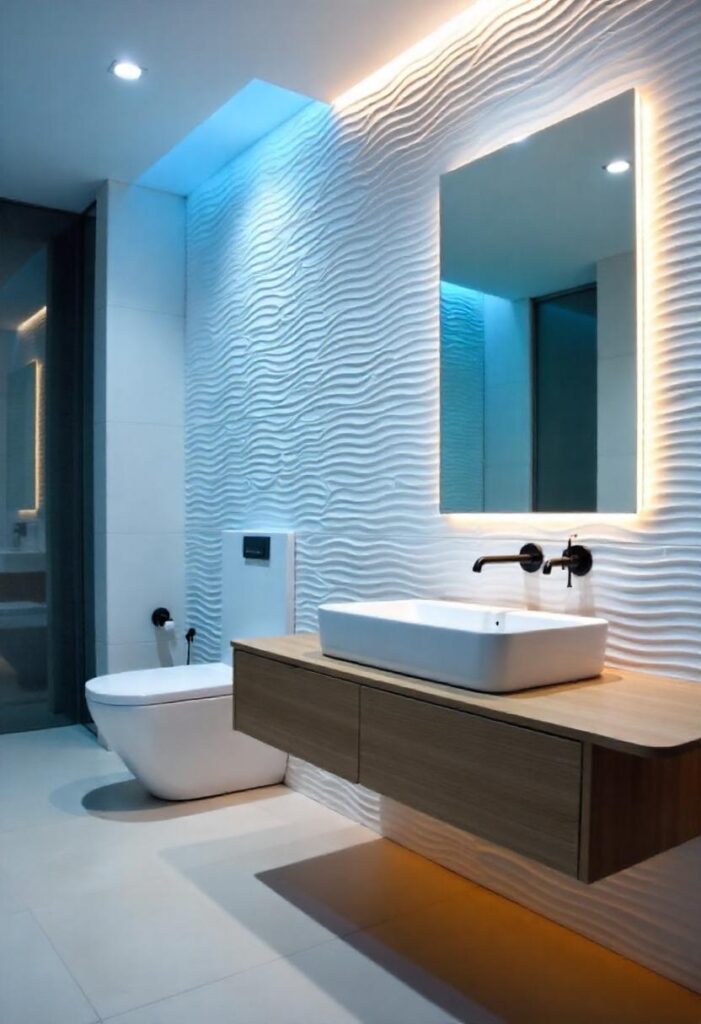
5. Seamless Floor to Wall Tile Wrapping
Tiling continuously from floor to wall creates an unbroken surface that makes the room appear more composed and expansive. This method removes the need for baseboards or trim lines, resulting in a calm and unified look. Especially in minimalist or wet-room layouts, it creates a clean enclosure. Materials such as concrete-finish or veined porcelain support this execution with both visual appeal and ease of use.
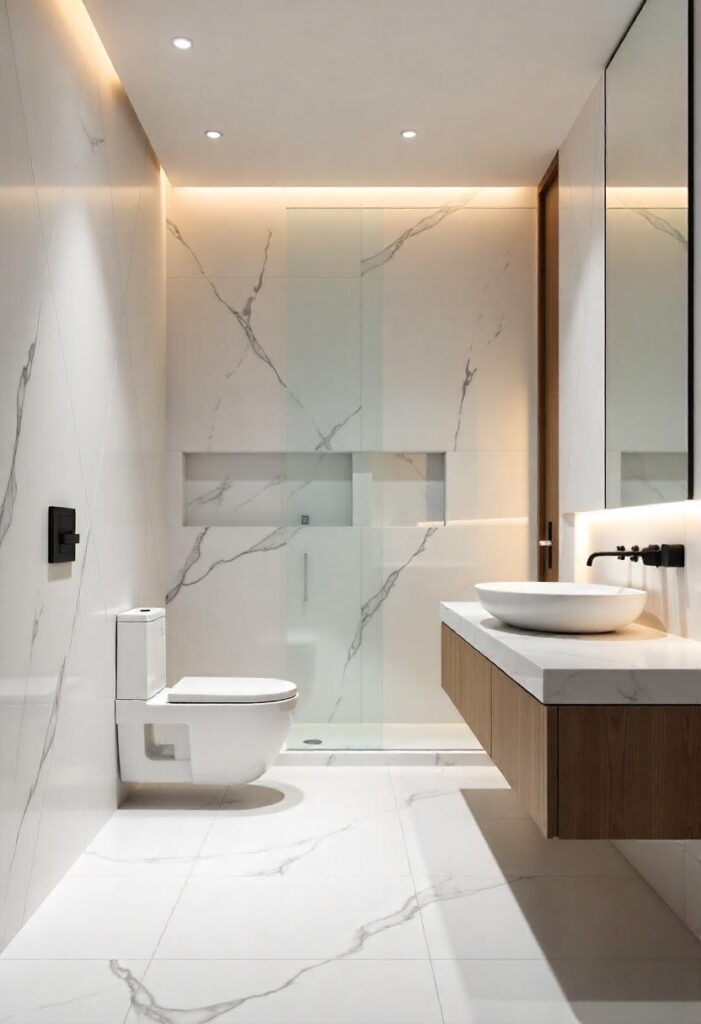
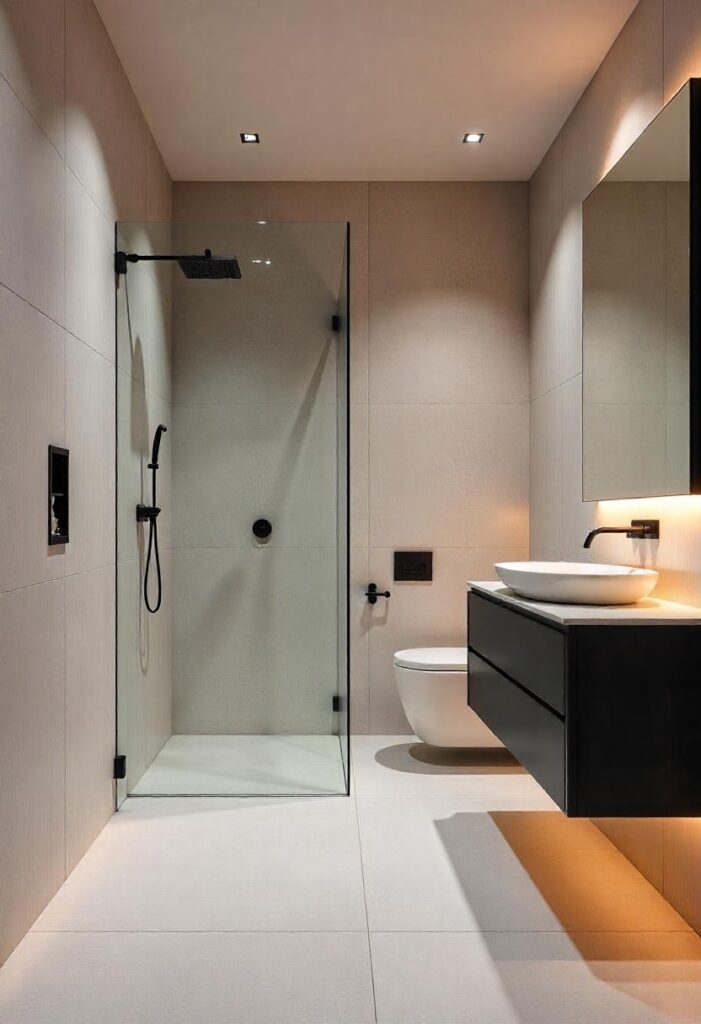
6. Mixed Material Inlays
Introducing inlays made from metal or wood into tiled surfaces brings in a layer of contrast that defines specific areas with subtle control. These inserts, when applied with precision, highlight thresholds, edges, or transitions in the design. Whether applied to floors or vertical planes, they elevate the tilework through detail alone. Finishes such as brushed brass or stained wood can accent without overpowering the overall palette. It is a technique best used to create order and emphasis within the design.
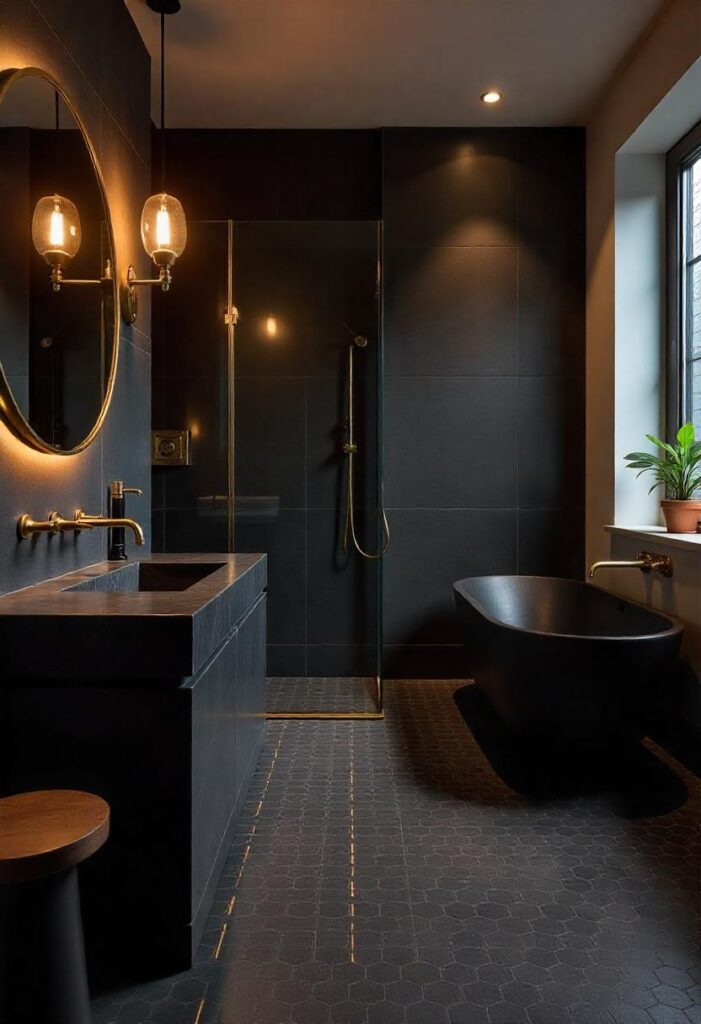
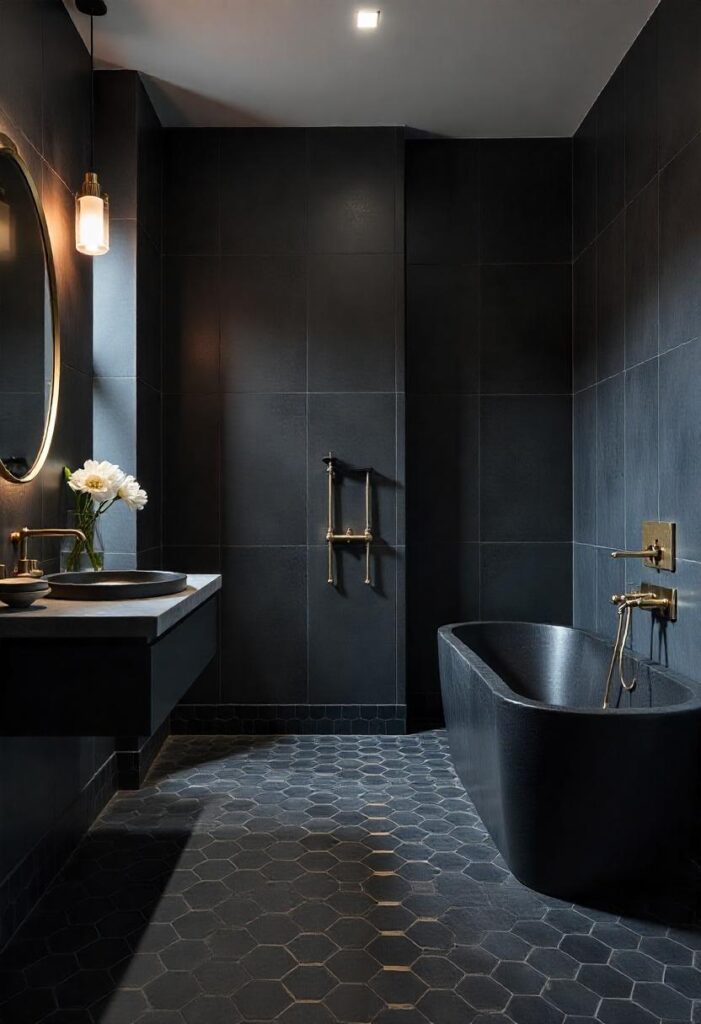
7. Terrazzo Tiles
Terrazzo tiles, made with fragments of marble or glass embedded in a cementitious base, add a decorative surface with a sense of craft. They offer variety in scale and tone, making them adaptable to different room sizes and palettes. Often applied to entire floors or large-format feature areas, they contribute a layered visual surface. Their durability and design flexibility make them suitable for everyday use without feeling utilitarian. For shower tile ideas, click here.
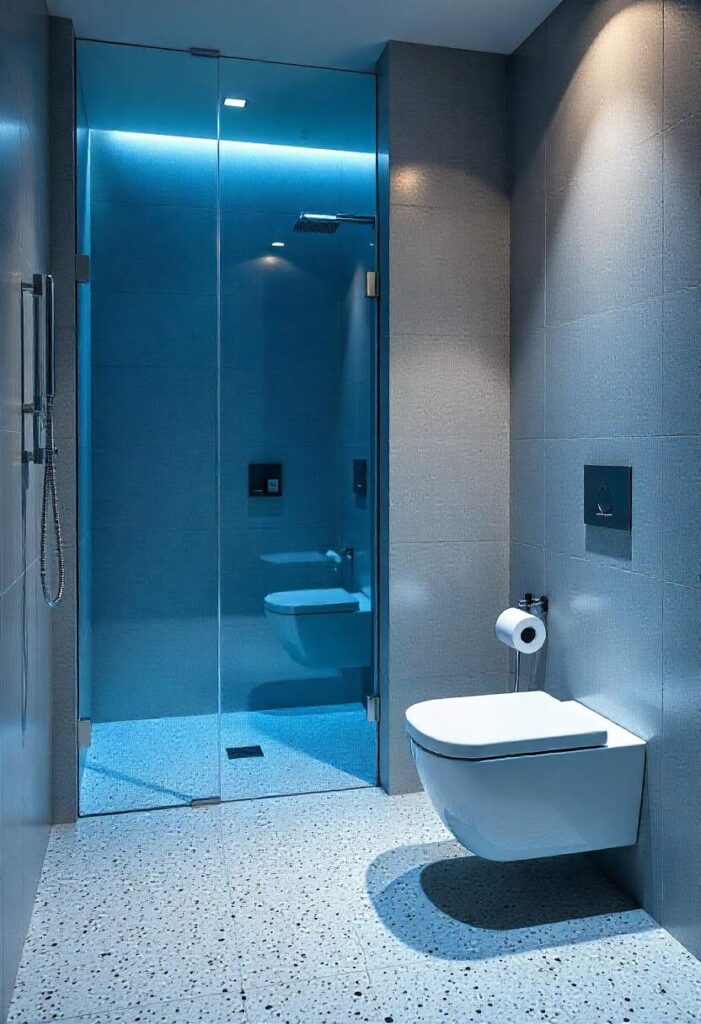
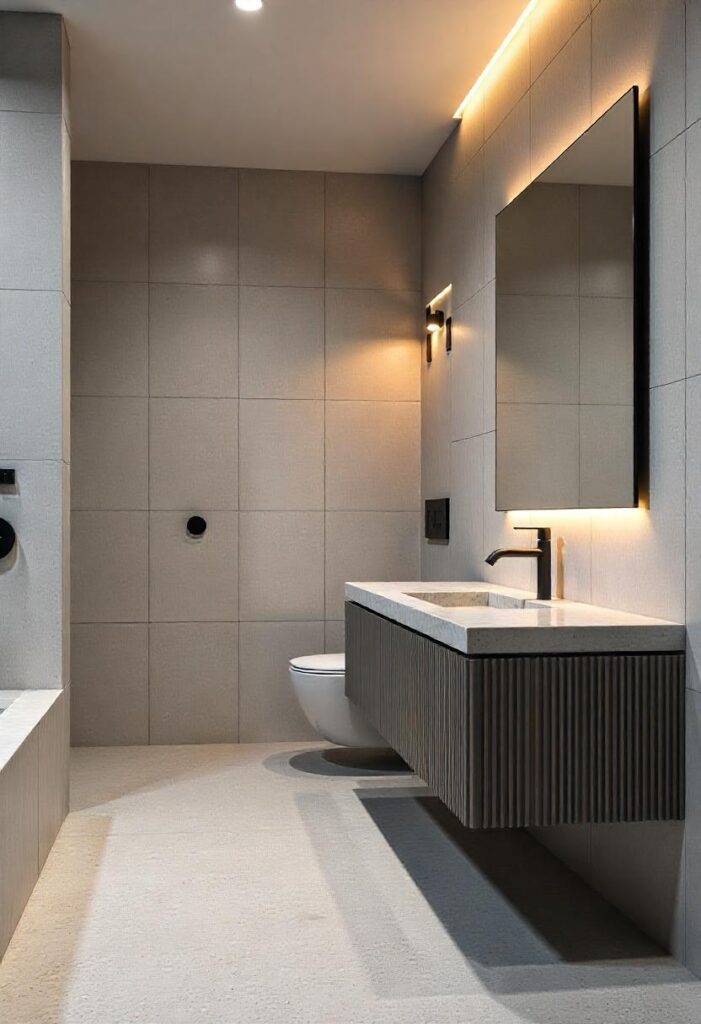
8. Picture Frame Tiling
Picture frame tiling allows mirrors, recesses, or architectural features to be bordered in a deliberate and structured way. This approach sharpens the visual layout of the room, adding discipline to focal points without introducing excess. Framing with tile can be done in a matching or contrasting material, depending on the tone of the surrounding space. The technique brings definition and polish without calling too much attention to itself. It is especially useful in spaces that benefit from a more organized visual flow.
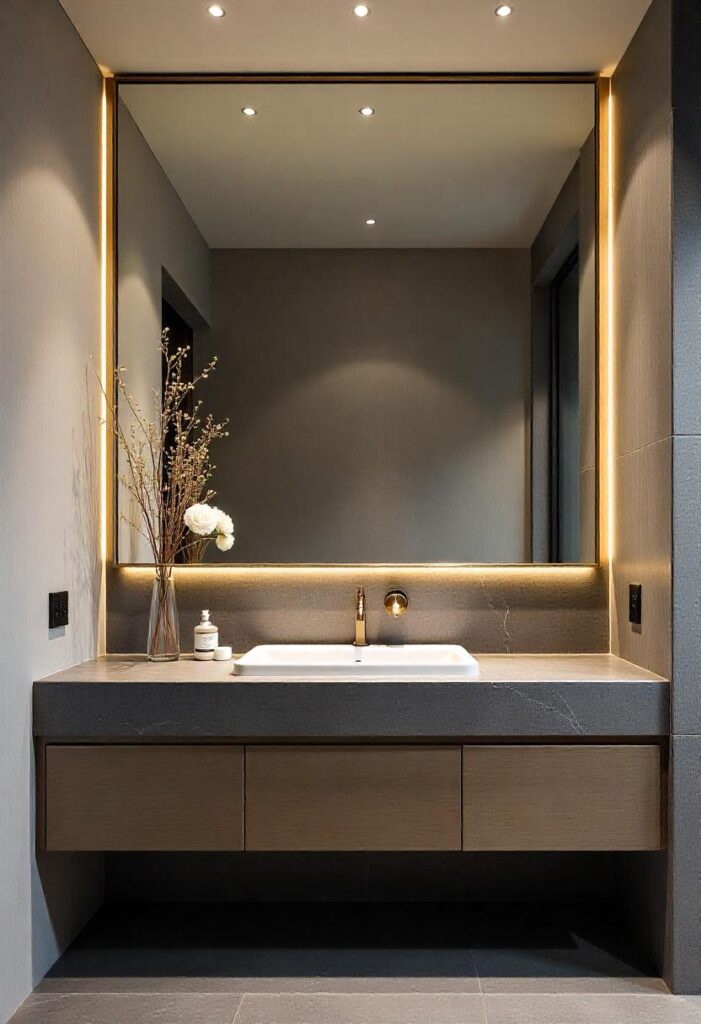
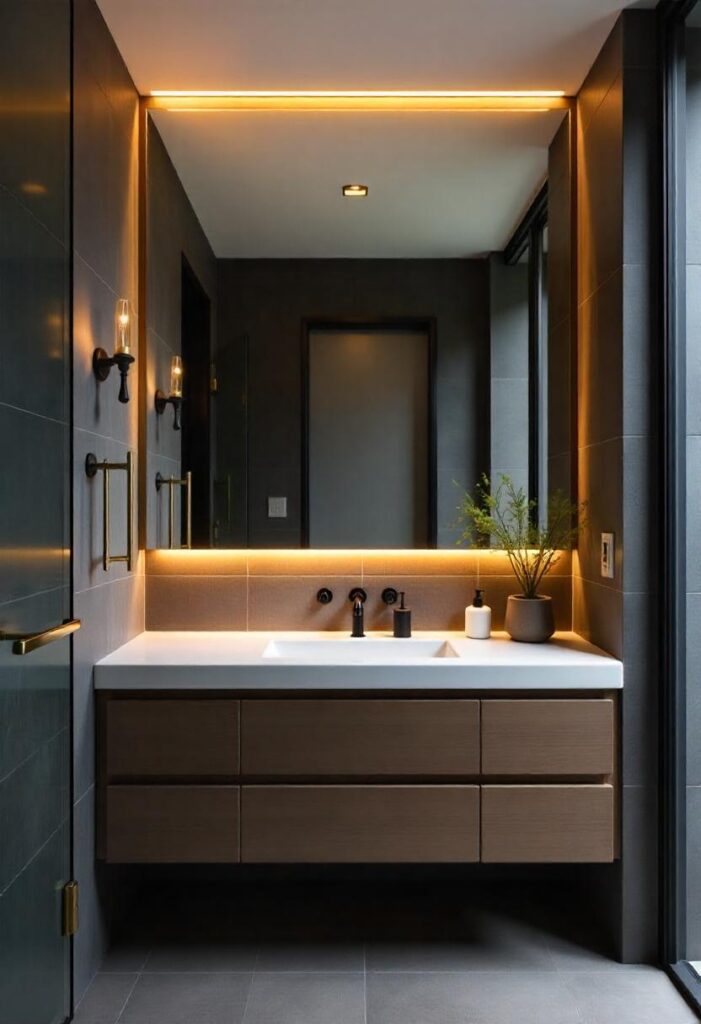
9. Gradient Ombre Tiling
Ombre tiling involves a soft transition from dark to light tones across a vertical or horizontal plane, lending the room a quiet and gradual shift in mood. This method does not rely on pattern or texture but instead allows the tiles’ tone to create atmosphere. Used behind a sink or within a shower zone, it creates a subtle sense of movement without distraction. The final look is calm, modern, and well suited to interiors focused on balance. It is a gentle way to introduce layering without complexity.
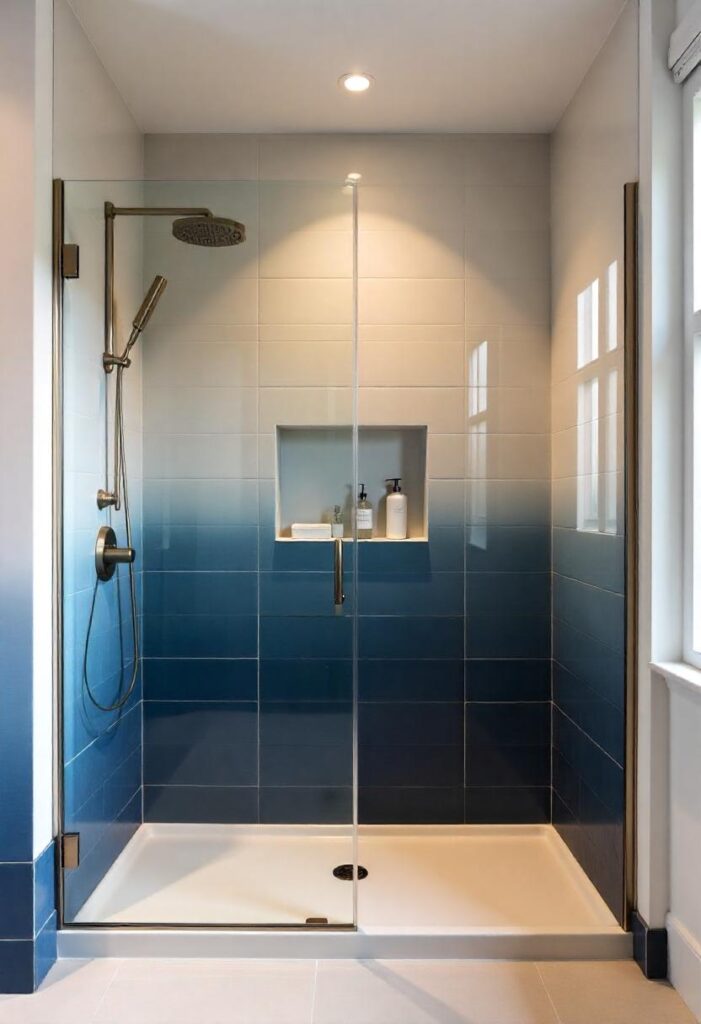
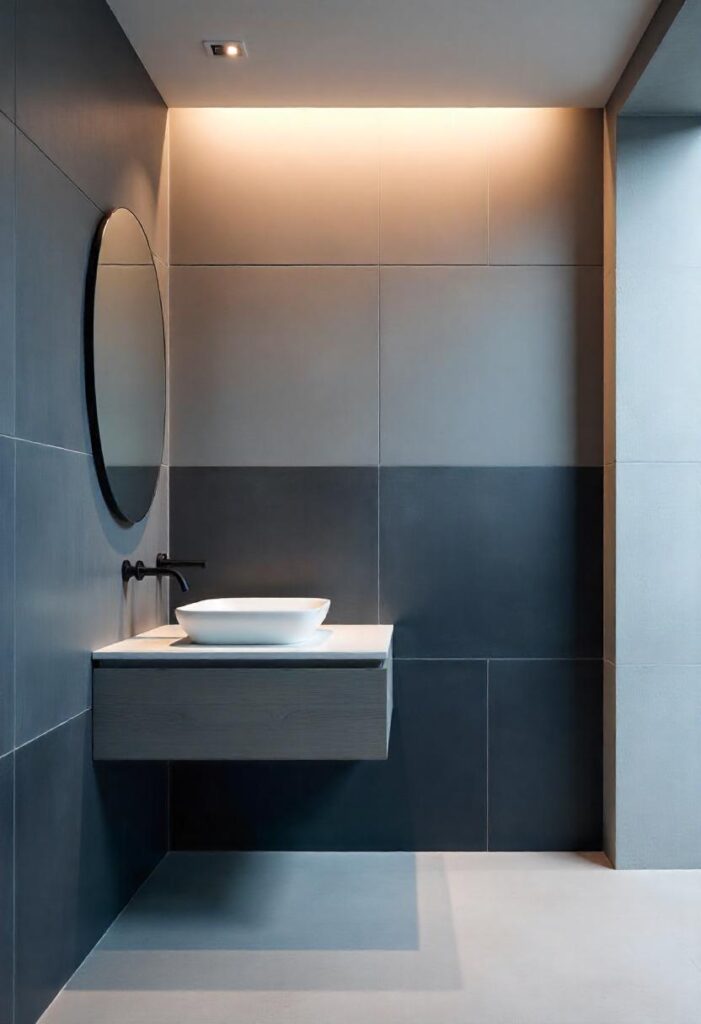
10. Hidden Grout Illusion
By installing rectified tiles with minimal grout spacing, a nearly seamless finish can be achieved that emphasizes material over pattern. This creates the effect of a continuous surface, giving the room a sense of precision and openness. Especially effective with large-format tiles and soft matte finishes, it results in a clean and deliberate environment. Combined with concealed fixtures and integrated lighting, the room appears as a single, cohesive volume.
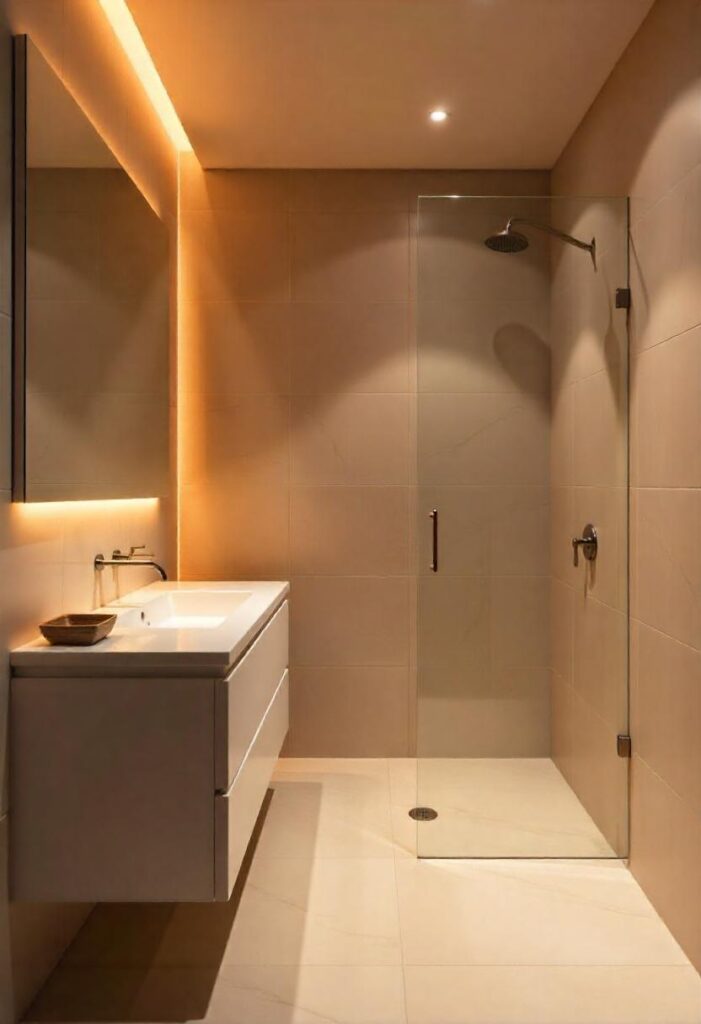
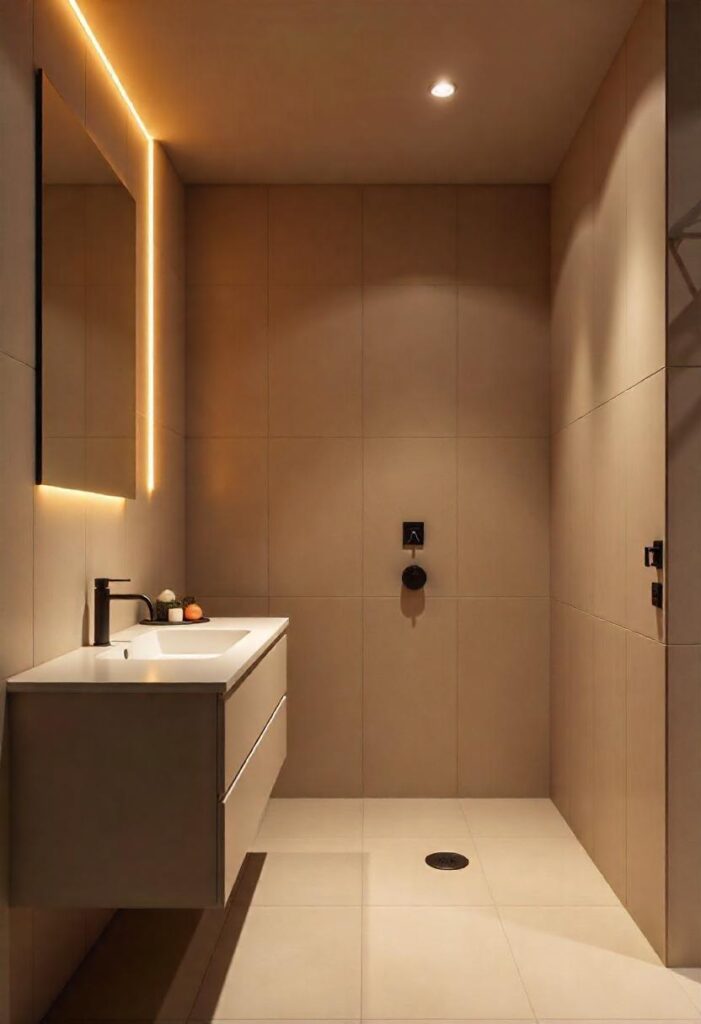
Final Thoughts:
Tiles shape the visual and spatial quality of a bathroom more than any other element. When chosen with care, they offer more than surface appeal. By focusing on material, lighting, and layout, a bathroom becomes more refined, cohesive, and timeless in its design.
